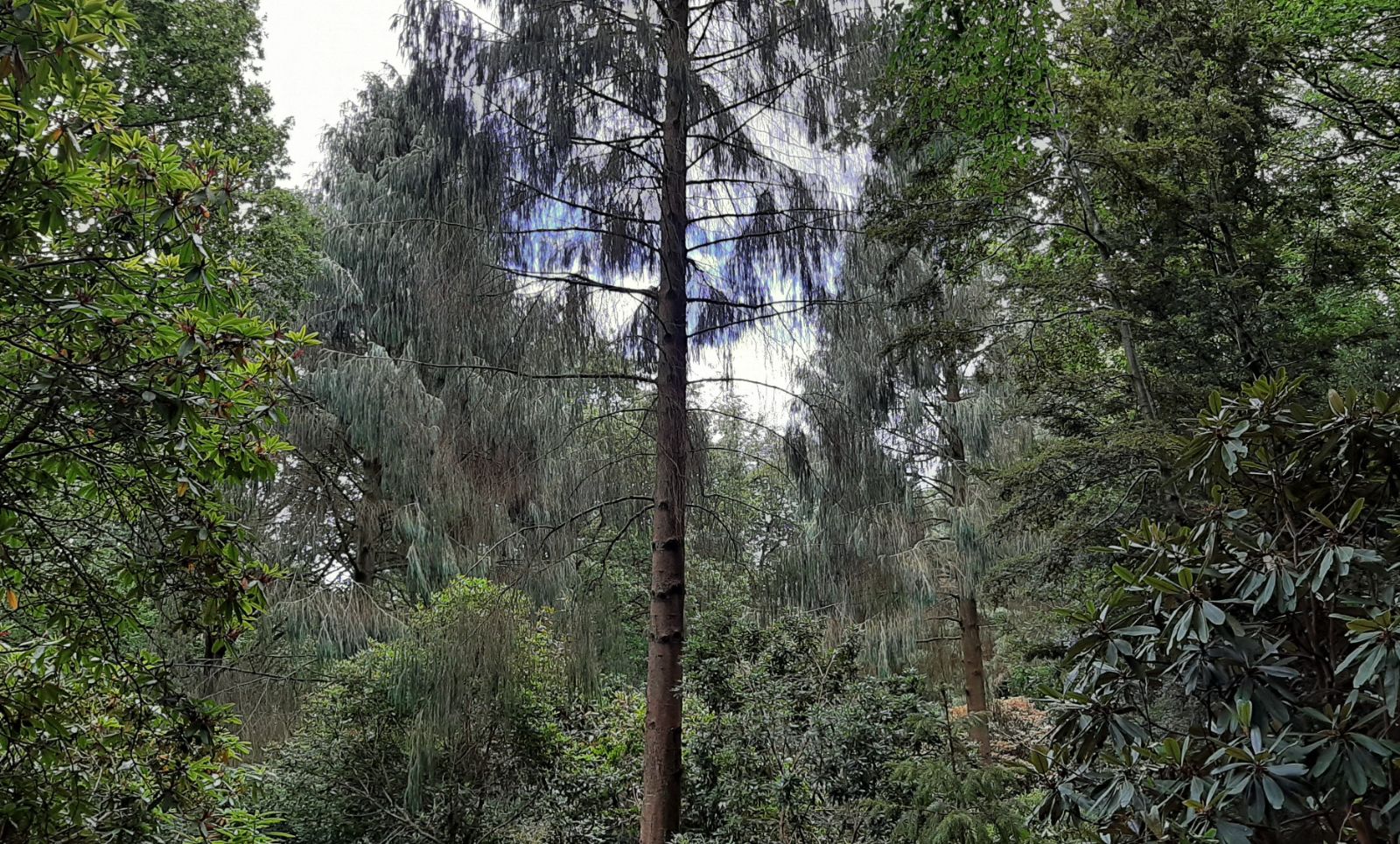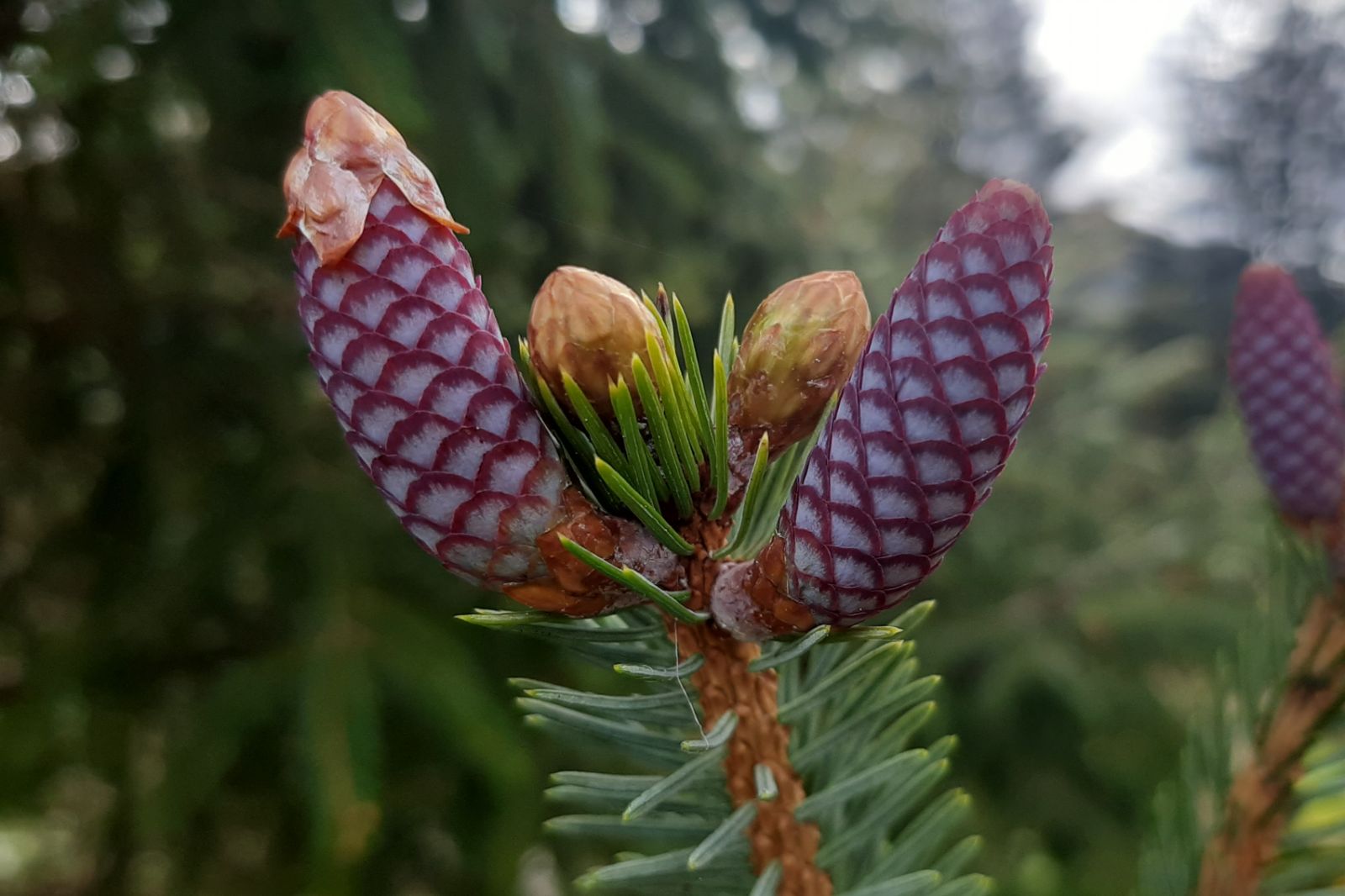Picea spinulosa
Sponsor
Kindly sponsored by
This genus has been sponsored and new text is being prepared.
Credits
Article from Bean's Trees and Shrubs Hardy in the British Isles
Recommended citation
'Picea spinulosa' from the website Trees and Shrubs Online (treesandshrubsonline.
Genus
Synonyms
- Abies spinulosa Griff.
- Picea morindoides Rehd.
Other taxa in genus
- Picea abies
- Picea alcoquiana
- Picea asperata
- Picea brachytyla
- Picea breweriana
- Picea chihuahuana
- Picea crassifolia
- Picea engelmannii
- Picea farreri
- Picea glauca
- Picea glehnii
- Picea jezoensis
- Picea koraiensis
- Picea koyamae
- Picea likiangensis
- Picea linzhiensis
- Picea × lutzii
- Picea mariana
- Picea martinezii
- Picea maximowiczii
- Picea meyeri
- Picea morrisonicola
- Picea obovata
- Picea omorika
- Picea orientalis
- Picea polita
- Picea pungens
- Picea retroflexa
- Picea rubens
- Picea schrenkiana
- Picea sitchensis
- Picea smithiana
- Picea wilsonii
A tree of large size, over 200 ft high, branches pendulous at the ends; young shoots pale, yellowish, without down. Leaves arranged all round the shoot most thinly underneath, the upper ones appressed to the branch and pointing forward; they are needle-like, 1⁄2 to 11⁄3 in. long, sharply pointed; green and without stomata on the uppermost side, glaucous, with stomatic lines beneath. Cones cylindric, 21⁄2 to 31⁄2 in. long, 1 to 11⁄4 in. wide; purple when young, pale brown when mature; scales blunt at the apex, the margins jagged. Bot. Mag., t. 8169.
A native of the E. Himalaya from Sikkim to Assam (and probably of Upper Burma also); discovered by Griffith in N. Bhutan and shortly described by him in 1848; introduced by Sir George King, Director of the Calcutta Botanic Garden, who sent seeds to a number of European gardens and botanical institutions around 1878, probably collected in the Chumbi area of Sikkim (Elwes and Henry, Tr. Gt. Brit. & Irel., Vol. 6, p. 1393). The oldest one in the British Isles, at Castlewellan in Co. Down, is from seeds received from Calcutta about ten years later. At that time this very distinct spruce was scarcely known, and thought to be the same as P. smithiana (morinda). The first full description was drawn up by Dr Alfred Rehder in 1903 from a tree growing in M. Allard’s famous collection at Angers. He believed it to be a new, undescribed species, naming it P. morindoides.
P. spinulosa grows well in the south and west, but develops a sparsely branched, open crown. With its pendulous shoots it bears some resemblance to P. smithiana, but in that species each branch is curtained, whereas in P. spinulosa the pendulous shoots are confined to the end of the branches. The two species are quite different in their leaves. Those of P. smithiana are quadrangular, with a few stomatic lines on all four surfaces. P. spinulosa belongs to the flat-leaved Omorika group.
The oldest specimen of P. spinulosa grows at Castlewellan in Co. Down. It was planted around 1890 and measures 84 × 10 ft. Some other examples are: Wakehurst Place, Sussex, pl. 1916, 64 × 43⁄4 ft (1970); Borde Hill, Sussex, 88 × 8 ft (1974); Melbury, Dorset. pl. 1899, 85 × 61⁄2 ft (1971); Bodnant, Denb., pl. c. 1915, 88 × 61⁄2 ft (1974). In Eire, there is a fine tree at Fota, Co. Cork, pl. 1914, measuring 71 × 43⁄4 ft (1966).
From the Supplement (Vol. V)
specimens: Wakehurst Place, Sussex, in Woodland Valley, 102 × 63⁄4 ft (1979); Borde Hill, Sussex, 92 × 8 ft (1981); Priestwood (Harewood), Bucks., pl. 1929, 70 × 5 ft (1984); Melbury, Dorset, pl. 1899, 86 × 63⁄4 ft (1980); Bicton, Devon, 77 × 5 ft (1983); Bodnant, Gwyn., pl. c. 1915, 82 × 7 ft (1981); Castlewellan, Co. Down, this tree was blown down 1976; Kilmacurragh, Co. Wicklow, Eire, 80 × 8 ft (1980).






